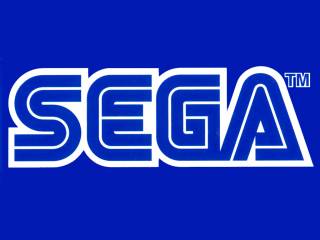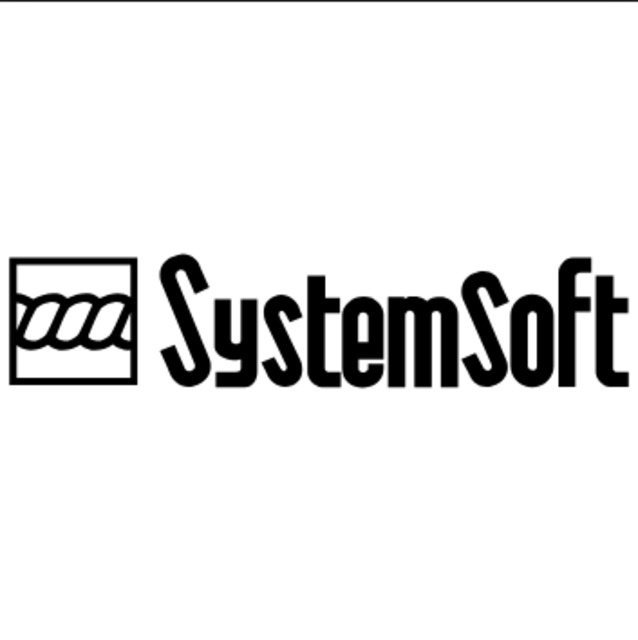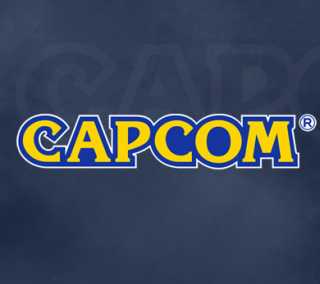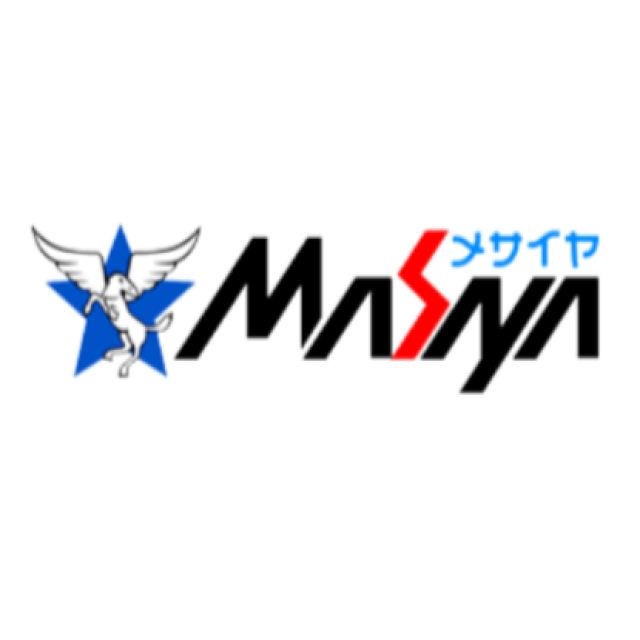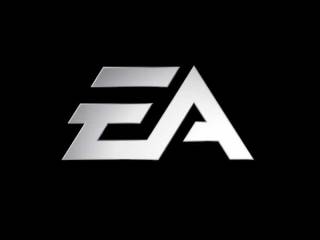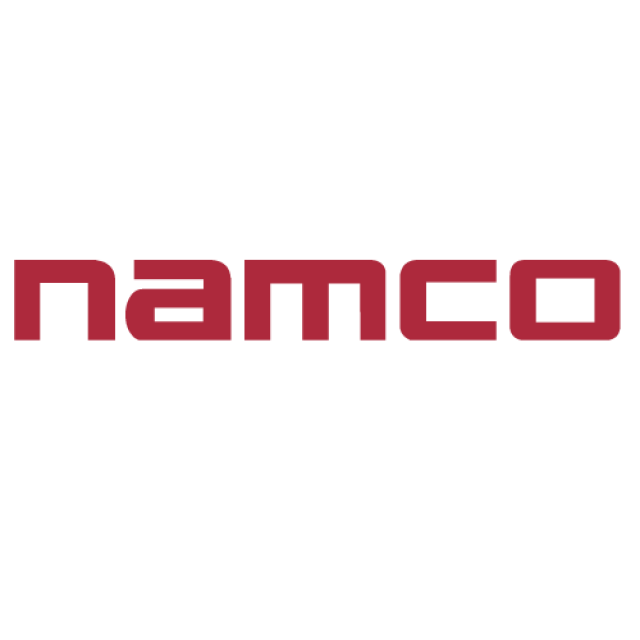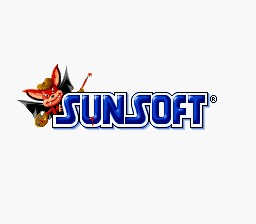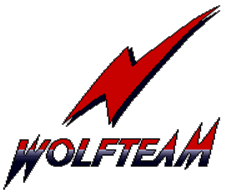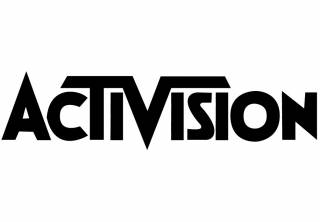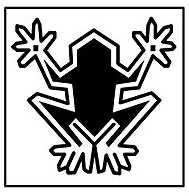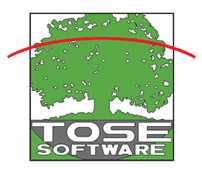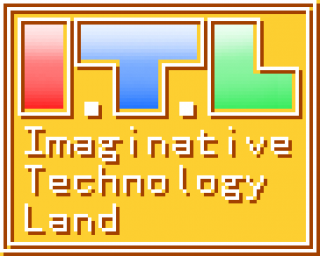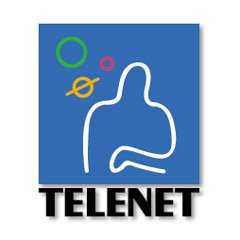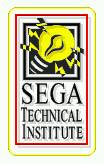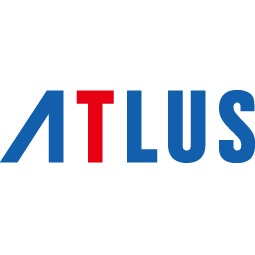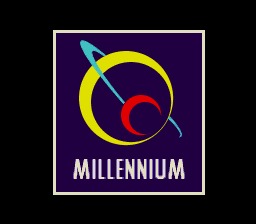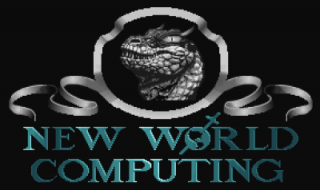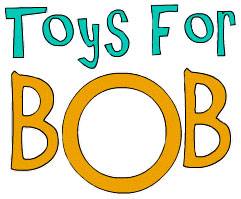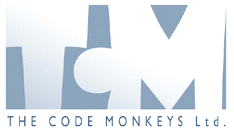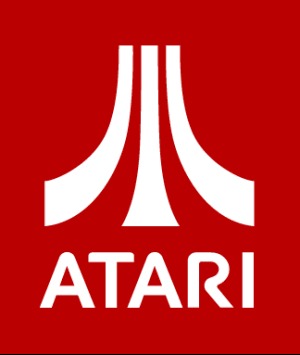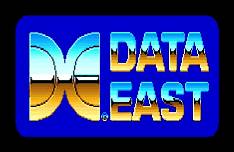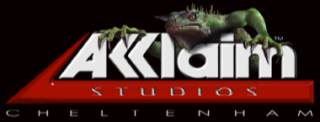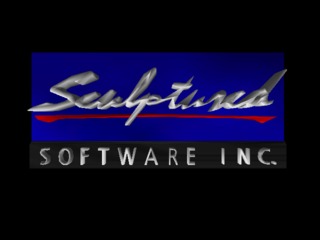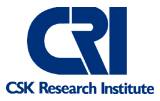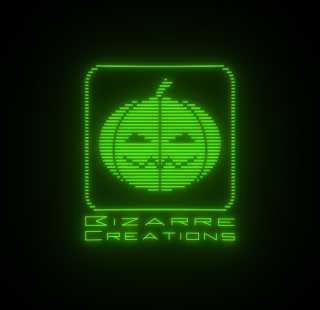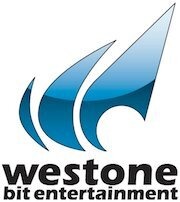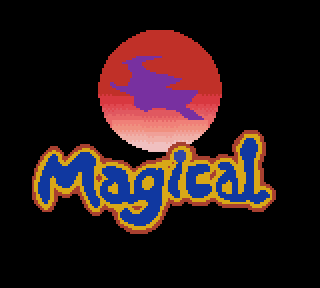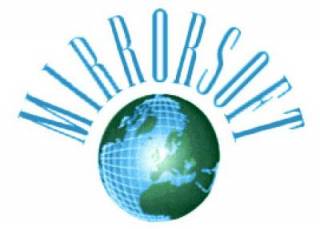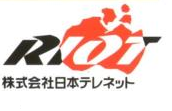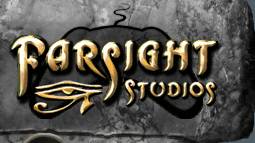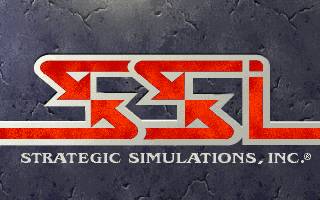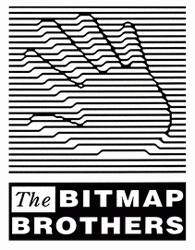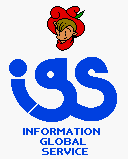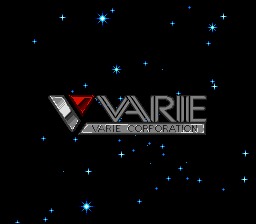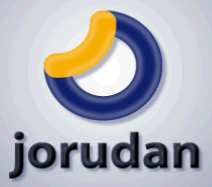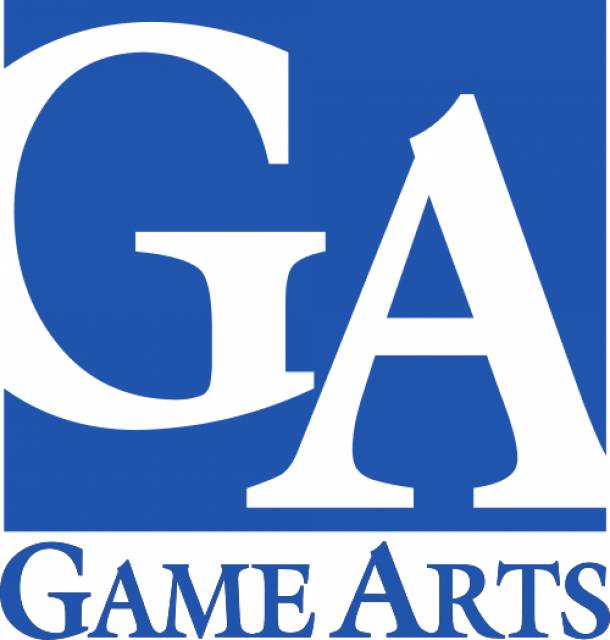The Sega Mega Drive's Mega Drivers
If you haven't been following my blog series Mega Archive, which is going through every Sega Mega Drive/Genesis game in chronological order as I work on their GB Wiki pages, you might not know that I've been particularly interested in tracking the number of different developers that appeared on the console. Frequently contractors or companies that worked primarily with other systems that only briefly popped by for a port or two, there's nonetheless a rich tapestry of creators from all over the globe that helped give the Mega Drive the library and personality for which it was known and adored.
I'm going to keep updating this list as I produce future entries of the Mega Archive and dig up relevant info on the developers that appear. For what it's worth, I use Sega Retro, GameFAQs, Japanese and English Wikipedia, and GDRI (the Game Developers Research Institute) as my sources.
The Mega Archive entries referred to by each list entry are as follows:
| Part I: 001-020 (Oct '88 - Dec '89) | Part IX: 131-145 (May '91 - Jun '91) |
| Part II: 021-035 (Dec '89 - Mar '90) | Part X: 146-160 (Jun '91 - Jul '91) |
| Part III: 036-050 (Apr '90 - Jul '90) | Part XI: 161-175 (Jul '91 - Aug '91) |
| Part IV: 051-065 (Aug '90 - Oct '90) | Part XII: 176-190 (Aug '91 - Sep '91) |
| Part V: 066-080 (Oct '90 - Dec '90) | Part XIII: 191-205 (Oct '91 - Nov '91) |
| Part VI: 081-098 (Dec '90) | Part XIV: 206-220 (Nov '91) |
| Part VII: 099-115 (Jan '91 - Mar '91) | Part XV: 221-240 (Dec '91) |
| Part VIII: 116-130 (Mar '91 - Apr '91) | Part XVI: 241-255 (Jan '92 - Feb '92) |

